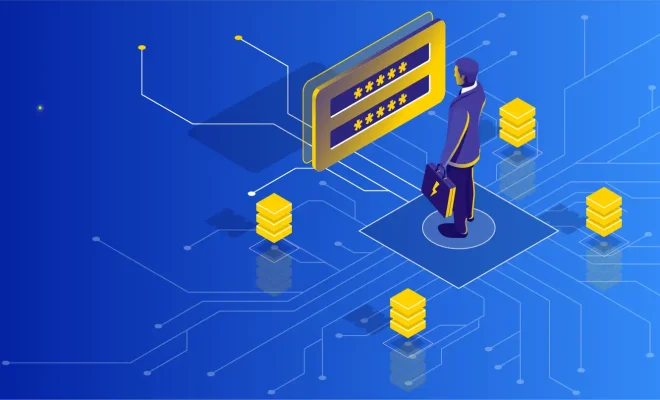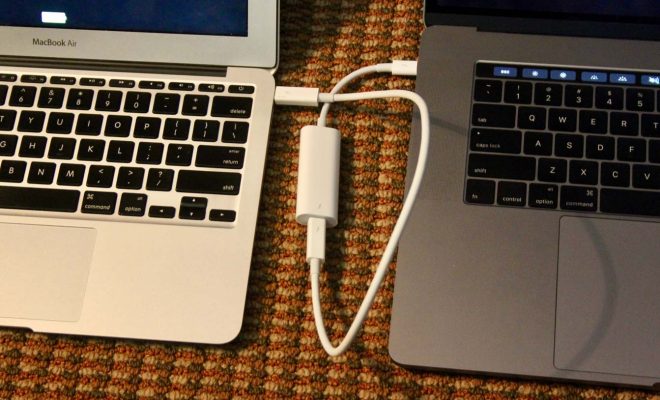What is a Printed Circuit Board (PCB)?

A printed circuit board (PCB) is an essential component that serves as a foundation for most electronic products, ranging from small mobile devices to large computer systems. PCBs provide electrical and mechanical connections between various electronic components of a device.
The PCB is a board made of a non-conductive material, usually fiberglass, with an array of copper traces that are laid out in a specific pattern. The copper traces form a wiring diagram that allows currents to move through the device from one component to another. The copper traces act like a highway system that interconnects the individual components on the board.
The PCB fabrication process begins with the design of the circuit board in a computer-aided design (CAD) program. The CAD system generates the layout of the individual conductive pathways on the board. The next step in the process is the manufacturing of the PCB. This involves the transfer of the design onto the base material using various techniques such as copper etching, drilling, and plating.
Electronic components such as resistors, capacitors, transistors, and microchips are then added to the board. Each component is placed and soldered onto the circuit board, forming interconnected electronic circuits.
There are several types of PCBs available that are designed to meet different requirements. They come in single-sided PCBs, double-sided PCBs, multilayer PCBs, and flexible PCBs. Single-sided PCBs have a single layer of copper traces laid out on one side of the board. Double-sided PCBs have two layers of copper traces laid out on both sides of the board. Multilayer PCBs have many layers of copper traces and provide more space for circuitry, which is suitable for complex devices. Flexible PCBs are specially designed for devices that require flexibility, such as wearable technology.
PCBs offer several advantages over traditional wire-wrapped circuits. PCBs are smaller, more compact, and more reliable than wire-wrapped circuits. Due to the compactness, multiple electronic circuits can be independently housed on the same board, creating space-efficient devices. The use of PCBs also minimizes the risk of short circuits, which can cause damage to the device, as the copper traces are insulated from one another.
In conclusion, a PCB is a fundamental part of any electronic device, providing a reliable mechanical and electrical connection system between individual components. With the ongoing development of technology, the importance of PCBs will continue to grow, driving the innovation and productivity of the electronics industry.






